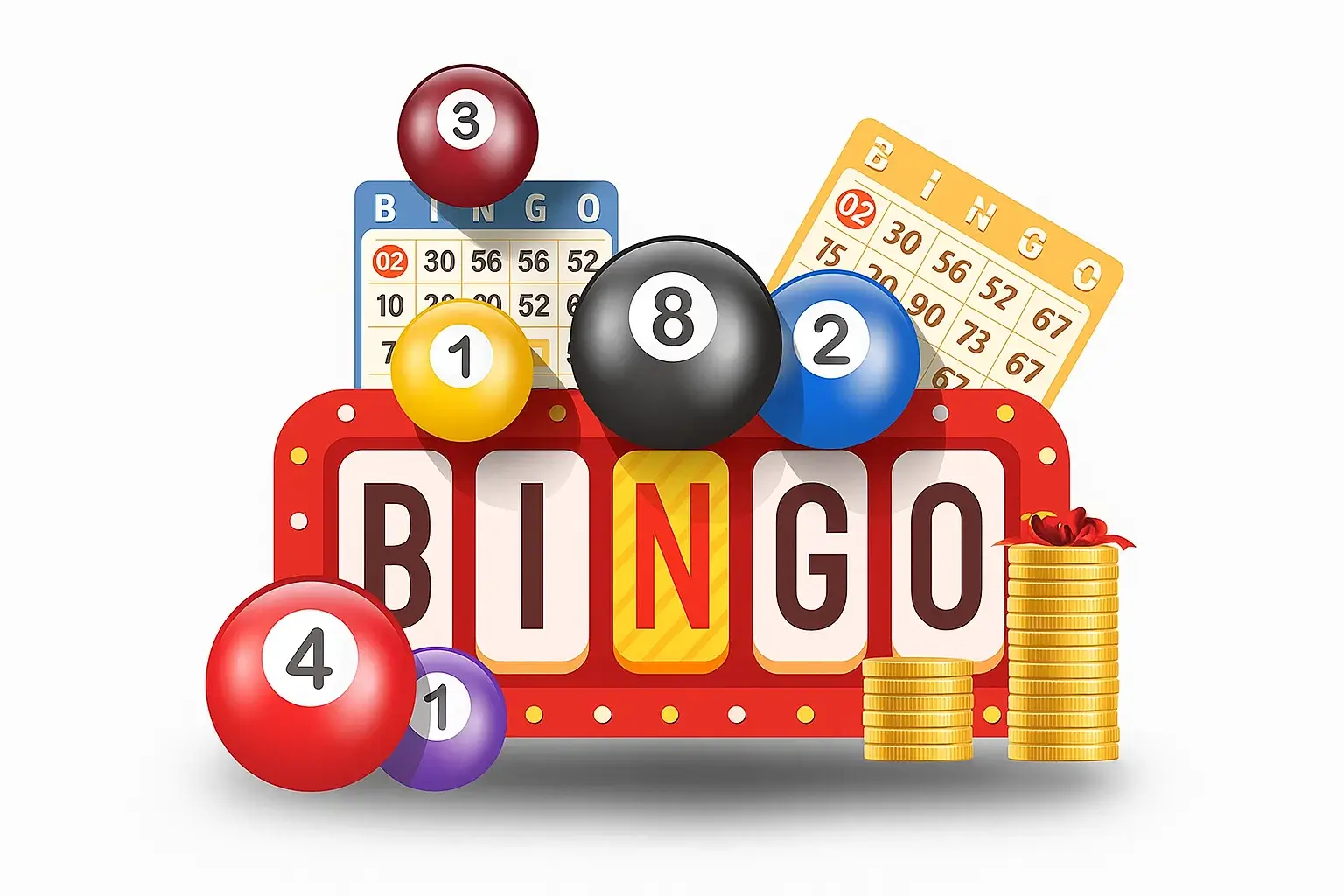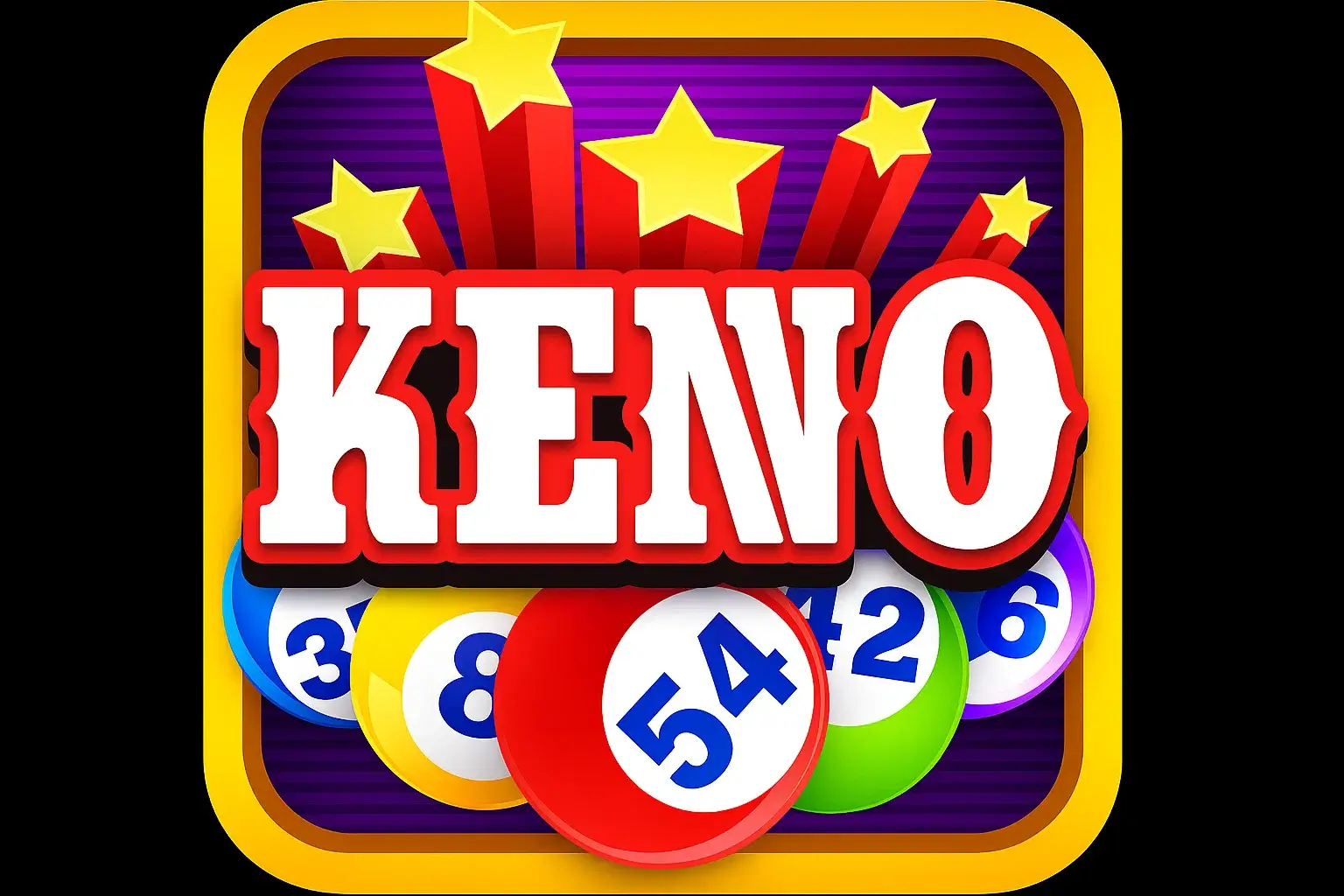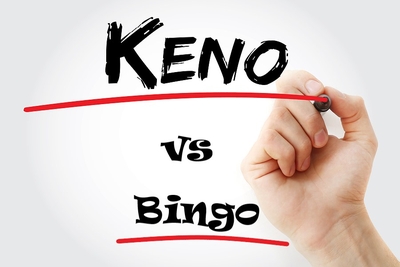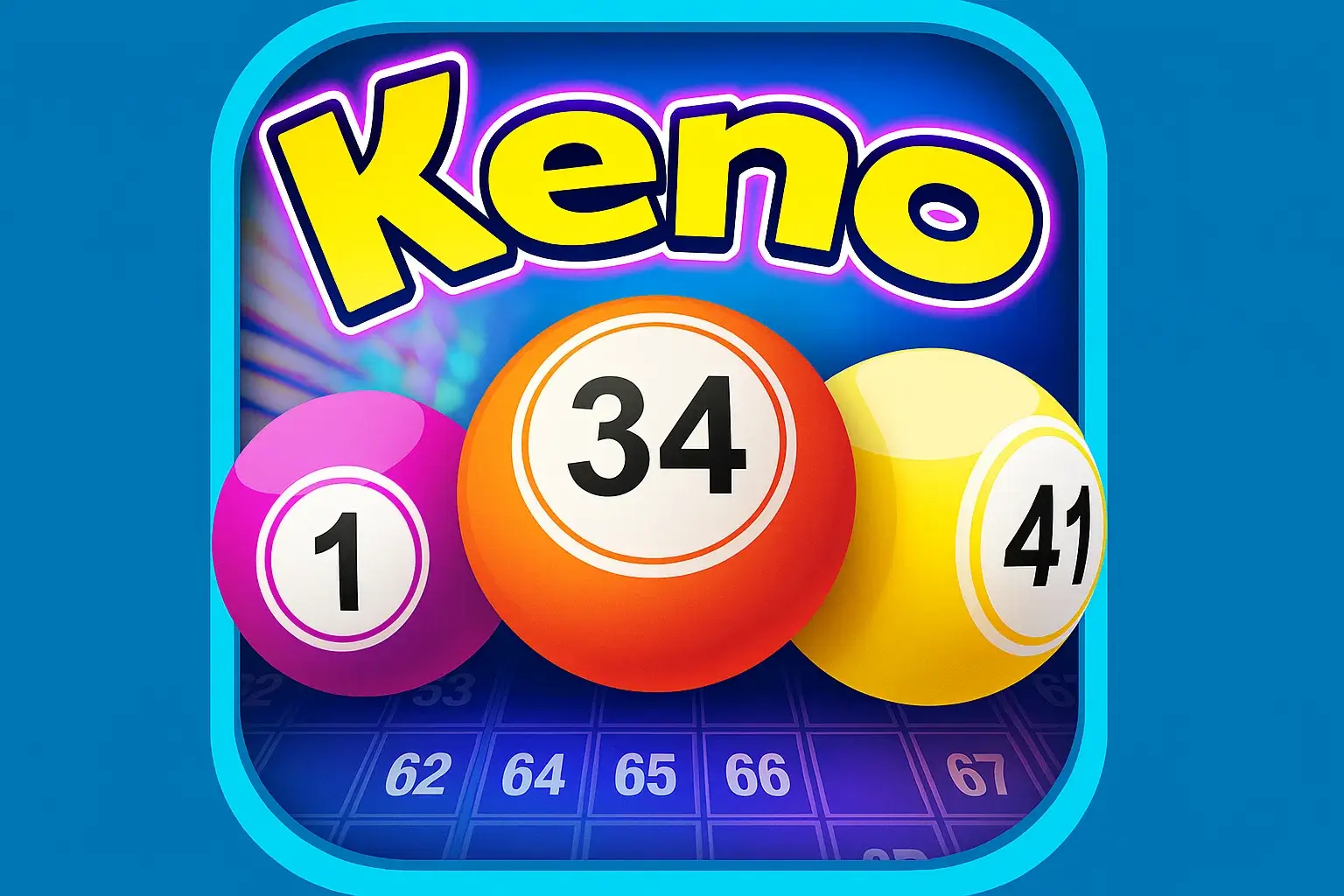Everything You Need to Know About Cards, Numbers, and Winning Patterns
I remember the first time I walked into a bingo hall. I was thirty-two years old, and honestly, I had no idea what I was doing. The room was packed with people, markers flying across cards, numbers being called at what felt like lightning speed. I stood there confused, watching a woman next to me suddenly shout “Bingo!” like she’d just won the lottery.
That was nearly twenty years ago. Since then, I’ve become one of the most experienced bingo analysts in the gaming industry. I’ve played thousands of games in dozens of bingo halls across three continents. I’ve studied the mathematics of bingo, analyzed winning strategies, and interviewed everyone from casual players to professional bingo enthusiasts who’ve dedicated their retirement to perfecting their game.
If you’re reading this, you probably want to understand bingo properly. You want to know what you’re doing before you sit down at a table or go online. This guide will teach you everything. And I mean everything.
The Basics: What You Really Need to Know
Let’s start with the absolute fundamentals. Bingo is a game of chance where players match numbers on their cards with numbers randomly drawn by a caller or machine. The first person to match a specific pattern wins. That’s it. That’s the entire game.
But within those simple rules lies a universe of detail. There are different types of bingo cards. There are different winning patterns. There are different strategies for buying cards. There are psychological tricks that experienced players use. There are online variations that work completely differently from traditional halls.
By the time you finish reading this, you’ll understand all of it.
The Bingo Card: Your Ticket to Winning
Let me start with the card itself, because understanding your card is absolutely crucial.
A standard bingo card is typically a printed sheet divided into a grid. The most common grid in North America is 5×5 – that’s five columns and five rows for a total of twenty-five squares. Each square contains a number. But not every square has a number in every card – I’ll explain that in a moment.
The columns are always labeled. From left to right, they read B-I-N-G-O. This is the traditional format, and it’s used in most traditional bingo halls in North America. Each column contains numbers within a specific range:
The B column contains numbers from 1 to 15. The I column contains numbers from 16 to 30. The N column contains numbers from 31 to 45. The G column contains numbers from 46 to 60. The O column contains numbers from 61 to 75.
When someone designs a bingo card, they randomly select numbers within these ranges for each column. This ensures that when all cards are shuffled together, no two cards are identical.
Here’s something important that many new players don’t understand: the very center square of a standard 5×5 card is called the “free space.” It’s marked with “Free” and it counts as automatically marked at the start of the game. You don’t need a number to be called for this space. It’s yours from the beginning.
Why do casinos and halls do this? It’s actually a nice touch. It speeds up the game slightly and gives every player at least one guaranteed mark on their card. It’s not cheating or manipulation – it’s just how bingo has been played for decades.
Now, let me tell you something interesting. Not all bingo cards follow this format. In Europe, particularly in the UK, you’ll encounter 90-ball bingo. The cards for 90-ball bingo are completely different. They’re typically 9×3 grids – nine columns and three rows. Instead of being labeled with B-I-N-G-O, the columns simply contain numbers from 1 to 90. Each row has exactly five numbers on it, with the remaining four spaces being blank.
Then there’s 80-ball bingo, which is increasingly popular online. It uses an 4×4 grid with sixteen spaces and numbers from 1 to 80. Different again.
For this guide, I’m primarily focusing on the most common 75-ball American bingo format, but I’ll mention variations where they’re relevant.
Buying Your Cards: Making Strategic Decisions
Before a game begins, you need to purchase your cards. This is where your first real decision comes in.
In a traditional bingo hall, you’ll go to a counter or kiosk and tell the clerk how many cards you want. Each card typically costs between one and ten dollars, depending on the venue and the specific game. Some games are “cheaper” – meaning cards cost less – and these attract more casual players. Other games have higher card prices and attract more serious players.
Here’s something important: you can buy as many cards as you want for a single game. Some people buy one card. Others buy five. I’ve seen people buy twenty or thirty cards for a single game. The logic is simple: more cards means more chances to win. But it also means you’re paying more money and you have to keep track of more cards.
Let me tell you what I’ve learned about this from two decades of observation. Buying multiple cards increases your odds of winning proportionally, but it also increases the complexity. If you’re new to bingo, I strongly recommend starting with just one or two cards. You need to understand how to mark a card, how to recognize winning patterns, and how to manage the pace of the game before you add complexity.
Experienced players often develop a favorite number of cards. Some swear by exactly six cards. Others prefer twelve. It’s not mathematical – it’s about what feels manageable while still maintaining decent odds.
When you buy your cards, you also get a packet of cards for that session or evening. Let me explain how this works. A typical bingo session might have six to twelve individual games. When you buy cards, you’re usually buying cards for a specific game within that session – not for all games in the session.
After each game ends and someone wins, those cards are discarded. For the next game, you buy new cards. The numbers on your old cards are meaningless for the new game.
Your Bingo Marker: The Tool of the Trade
You cannot mark bingo cards with a pen or pencil. Never. This is one of the cardinal rules of bingo halls.
Instead, you use a bingo dauber. A bingo dauber is a small plastic bottle with a felt tip on the bottom. You press the felt tip on a number on your card, and it leaves a circular mark. The best daubers create a mark about the size of a dime – big enough to be clearly visible but small enough to fit within the square.
Why not use pens or pencils? Tradition, partly. But also practical reasons. A dauber creates a distinctive mark that’s easy to verify. Pens can create ambiguous marks. Pencils can smudge. And some halls have had issues with people using pens to alter cards or create fraudulent marks.
Daubers come in many colors – red, blue, black, green. Experienced players often have a favorite color. It doesn’t matter functionally, but some players believe their lucky color brings them luck. I’ve met people who’ve used the exact same colored dauber for fifteen years because they won with it once and now they’re convinced it’s lucky.
Online bingo, of course, doesn’t require a physical dauber. The numbers automatically mark when they’re called, and you see them highlighted on your screen.
The Numbers Being Called: How the Game Works
Once everyone has their cards and has paid for them, the game begins. Someone – in a hall, it’s usually a professional caller sitting at a podium; online, it’s automated – starts drawing numbers.
The numbers are drawn randomly. In a traditional hall, someone pulls numbered balls from a cage or machine. Each ball has a number on it corresponding to the range of bingo numbers (1-75 for American bingo). The caller announces the number clearly. They don’t just say “47.” They say something like “I-47!” to indicate that it’s in the I column.
Here’s where you come in. When you hear a number, you check your card. If that number appears on your card, you mark it with your dauber. If it doesn’t appear on your card, you do nothing and listen for the next number.
This happens repeatedly. The caller draws another ball. Announces another number. You mark it if you have it. And again. And again.
The pace varies depending on the caller and the venue. Some callers work quickly – calling a new number every five to ten seconds. Others go slower. I’ve watched callers take up to fifteen seconds per number to ensure everyone has time to mark their cards.
Online bingo works similarly, but numbers are called by a computer at a preset pace. The system waits for you to manually mark numbers or marks them automatically depending on the platform.
Recognizing Winning Patterns: The Crucial Part
This is where many new players get confused. What exactly counts as a winning pattern?
In standard American 75-ball bingo, the most common winning pattern is a straight line. That means any five squares in a row – horizontally, vertically, or diagonally – that have all been called.
Let me give you examples:
- A horizontal line means five squares in a row from left to right on the same row.
- A vertical line means five squares from top to bottom in the same column.
- A diagonal line means five squares going diagonally across the card.
These are the most basic patterns. A straight line is often the first pattern called in a multi-game session.
But bingo halls usually have multiple games with different patterns. Here are other common patterns you’ll encounter:
A “two lines” or “four corners” – this means you need to match any two complete lines, or specifically the four corner squares.
A “blackout” or “full house” – this means marking every single square on the card. This is the hardest pattern to achieve and usually has the biggest payoff. Getting a blackout in a game with a hundred people playing is incredibly rare. When it happens, it’s usually a huge payout.
Different venues have different rules about what patterns are in play for each game. This is crucial information. Before you buy your cards for a game, you absolutely need to know what the winning pattern is for that game. If you think the winning pattern is a horizontal line but it’s actually a blackout, you’ll be marking your card incorrectly in your mind, and you might miss recognizing when you’ve actually won.
I’ve seen people get genuinely upset because they marked what they thought was a winning pattern, but it turned out not to be the pattern the hall was playing for that game.
Here’s my advice: always, always ask what the pattern is before you buy cards. There’s no such thing as a stupid question in a bingo hall. Everyone there is friendly, and they understand that new players might be confused.
Common Winning Patterns: The Full List
Let me give you a comprehensive list of patterns you might encounter. Some are more common than others:
Single Line: Five numbers in a row (horizontal, vertical, or diagonal). This is the most common opening game pattern.
Two Lines: You need two complete lines. They can be in any combination – two horizontals, two verticals, one horizontal and one vertical, whatever.
Four Corners: Only the four corner squares need to be marked. This is much easier than a full line and often pays less.
Full House (Blackout): Every single square on the card is marked. This is the grand prize and requires all 75 numbers to be called (though one of them is the free space).
Diamond: The four corners plus the center square form a diamond shape.
T Shape: Numbers are marked in a T configuration on the card.
X Shape: Numbers form an X across the card diagonally and through the center.
Frame: Only the outer edge of the card is marked, leaving the interior unmarked.
Center Square: Only the center free space counts (this is rare and is usually worth very little).
Postage Stamp: A specific 2×2 square of four numbers somewhere on the card.
Outside Number: Any number on the edge of the card.
Inside Number: Any number not on the edge of the card.
Different halls and different times of day have different patterns. Some venues have a fixed list of patterns that they always use. Others rotate through different patterns throughout the evening. Online bingo often cycles through a predetermined list.
When to Shout Bingo: The Moment of Truth
This is the thrilling part. When you’ve completed the winning pattern, you need to announce it.
In a traditional bingo hall, you literally shout “Bingo!” as loud as you need to so the caller hears you. This is not subtle or quiet. Everyone in the room knows when someone has won because they hear that shout.
Here’s something important: speed matters. If two people complete the same pattern during the same game, the person who shouts “Bingo!” first wins. I’ve been in halls where people are desperately waiting to see if they have the right pattern, their hand hovering over their marker, ready to shout the instant they confirm it.
Once you shout “Bingo,” the caller stops drawing numbers. The game halts. You need to verify that you actually have a winning pattern. The caller (or a hall employee) will walk over to your card, check that the pattern you claimed is actually there, and verify that all those numbers have actually been called.
This verification process is crucial. I’ve seen people falsely claim bingo before – sometimes accidentally because they misread their card, sometimes… well, never mind about sometimes. But halls have procedures to prevent fraud. An incorrect claim of bingo is embarrassing and potentially problematic depending on the venue’s rules.
Online bingo is automated. When you complete a winning pattern, the system recognizes it immediately and announces that you’ve won. There’s no shouting involved, though some platforms have celebration effects or sounds.
Online Bingo vs. Hall Bingo: The Differences
I should mention how playing bingo online differs from playing in a traditional hall, since many people now play both.
Online bingo works on basically the same principles but with automation. You buy your cards (or they’re provided by the platform). Numbers are drawn automatically by a computer at regular intervals. The numbers that are called appear highlighted on your card. If you have a winning pattern, the system typically alerts you with a sound or visual notification.
The biggest difference is speed. Online bingo can move faster than traditional hall bingo because there’s no human caller to control the pace. Some platforms have adjustable speed settings so you can slow it down if you need more time to process.
Another difference is socialization. Online platforms now have chat rooms where players can interact, but it’s not the same as being in a physical hall with other people.
Price is usually lower online. You can often play online bingo for fifty cents to a dollar per card compared to two to five dollars in a traditional hall. This is because online platforms have lower overhead costs.
The mathematics are the same, though. Your odds of winning are determined by how many other people are playing.
Strategy: Can You Actually Do Better Than Others?
Let me be direct about something. Bingo is a game of pure chance. The numbers drawn are random. There is no strategy that will make you more likely to win any individual game.
However – and this is important – there are smart ways to approach bingo that might improve your results over time or make the experience more enjoyable or cost-effective.
First, some people believe in choosing their own cards when possible. In some venues, you can pick specific cards from a batch rather than having them randomly assigned. The theory is that you can choose cards with numbers that feel “lucky” to you or that are statistically more likely to appear. The reality? This doesn’t matter. All numbers are equally likely to be called. Your gut feeling about which cards are better is just that – a feeling.
Second, some players swear by buying a specific number of cards. They’ve convinced themselves that six cards is their lucky number, or twelve, or three. Is there any mathematical truth to this? No. But psychologically, it might help them feel more in control and enjoy the game more.
Third, some players track which numbers are called most frequently and use that to decide which cards to buy. Again, this is mathematically meaningless. Every number has an equal chance of being called in every game.
Fourth, and this one actually has some merit: choose games with fewer players. The fewer people playing the same game, the higher your odds of winning (assuming you’re competing for the same prize pool). This is pure mathematics. If you’re the only player, you have a 100% chance of winning. If there are a hundred players, your odds drop dramatically.
In a traditional bingo hall, you can sometimes see how many people are buying cards for a particular game. If one game looks crowded with card buyers and another game looks sparse, playing the sparse game improves your statistical odds of winning that specific game. But it might pay less because fewer people are contributing to the prize pool.
The other legitimate strategy is bankroll management. Set a budget, decide how many cards you’ll buy per game, and stick to it. Don’t get caught up in the excitement and spend more than you planned. This is the only strategy that genuinely protects your long-term financial health.
Understanding the Mathematics
Let me give you the actual numbers, because I think it’s important to understand what you’re really dealing with.
In a game of 75-ball bingo, there are technically 111,007,923,832,370,565 possible unique bingo cards. That’s a hundred and eleven quadrillion possible combinations. Obviously, that many unique cards have never been used in a single game anywhere.
The probability of getting a specific pattern on a specific draw depends on many factors: how many cards are in play, how many cards you personally own, and which pattern is the winning condition.
For a single line pattern, if you have one card and there are a hundred people each with one card, your probability of getting a line before anyone else is roughly 1 in 100. But it’s not exactly 1 in 100 because people draw at different rates – some people mark faster than others, and the game ends as soon as someone wins.
For a full house (blackout), the math is much more complex. You need all seventy-five numbers called, which takes a long time and is rare. Your odds of getting a full house are somewhere in the range of 1 in 100,000 in a typical game with dozens of players.
The house edge in bingo varies by venue. In traditional halls, the hall typically takes 40-50% of ticket sales and distributes 50-60% as prizes. Online, it’s usually similar. This means that if you play long enough, you will lose money. The mathematics guarantee it.
But for an evening of play – say, six hours in a hall playing twelve games per hour – you might win some money, break even, or lose money. It depends on luck. The odds slightly favor the house over the long term, but short-term variance means you could win.
Tips for New Players
Now that you understand how bingo works, let me give you practical tips:
Start with one card. Learn the game before you buy multiple cards. You need to understand how to mark your card quickly and recognize patterns.
Arrive early. Get to the bingo hall or log in early. You’ll have time to understand the rules, get comfortable with your cards, and prepare yourself before the games start.
Ask questions. Bingo players are generally friendly and helpful. If you don’t understand something, ask. Nobody will judge you.
Know the pattern before you play. Always confirm what the winning pattern is before you buy your cards. This is crucial.
Mark clearly. When you mark numbers, make sure your marks are clear and distinct. A smudged or unclear mark might cause confusion.
Listen carefully. Pay attention when numbers are called. Missing a number on your card is just a matter of chance, but if you’re not listening, you might mark the wrong number.
Don’t spend money you can’t afford to lose. This is the most important tip. Bingo is entertainment. Like a movie or a concert, you should budget for it and accept that you might lose money.
Have fun. Ultimately, bingo is a social game meant to be enjoyed. Focus on the experience, the people, and the excitement, not just on winning.
The Future of Bingo
One thing I’ve observed over twenty years is that bingo keeps evolving. Traditional halls still exist and are still popular, but online bingo has transformed the game.
Modern online bingo platforms now offer themes, special effects, progressive jackpots, and social features that traditional halls can’t match. Some platforms have bingo games running literally every few minutes, twenty-four hours a day, seven days a week.
Mobile bingo apps have made the game accessible anywhere, anytime. You can play bingo on your phone during your lunch break if you want.
Hybrid experiences are emerging where you can play online with other people in a physical location. Technology keeps finding ways to make bingo more accessible while maintaining its essential appeal.
What hasn’t changed is the core of the game: the excitement of numbers being called, the anticipation of completing your pattern, and the thrill of shouting “Bingo!”
Final Thoughts
After twenty years of analyzing, playing, and studying bingo, I can tell you with confidence that it’s one of the most straightforward yet engaging games in existence.
The rules are simple. The appeal is universal. The mathematics are transparent. And most importantly, it brings people together in a way that few other activities can.
Whether you’re playing in a traditional hall with a community of regulars, or you’re playing online in your pajamas at three in the morning, you’re participating in something that has brought joy to millions of people for over a century.
Understand your cards. Know your patterns. Mark your numbers carefully. And when you get that winning combination, shout it proudly.
That’s bingo. It’s that simple, and it’s that wonderful.



